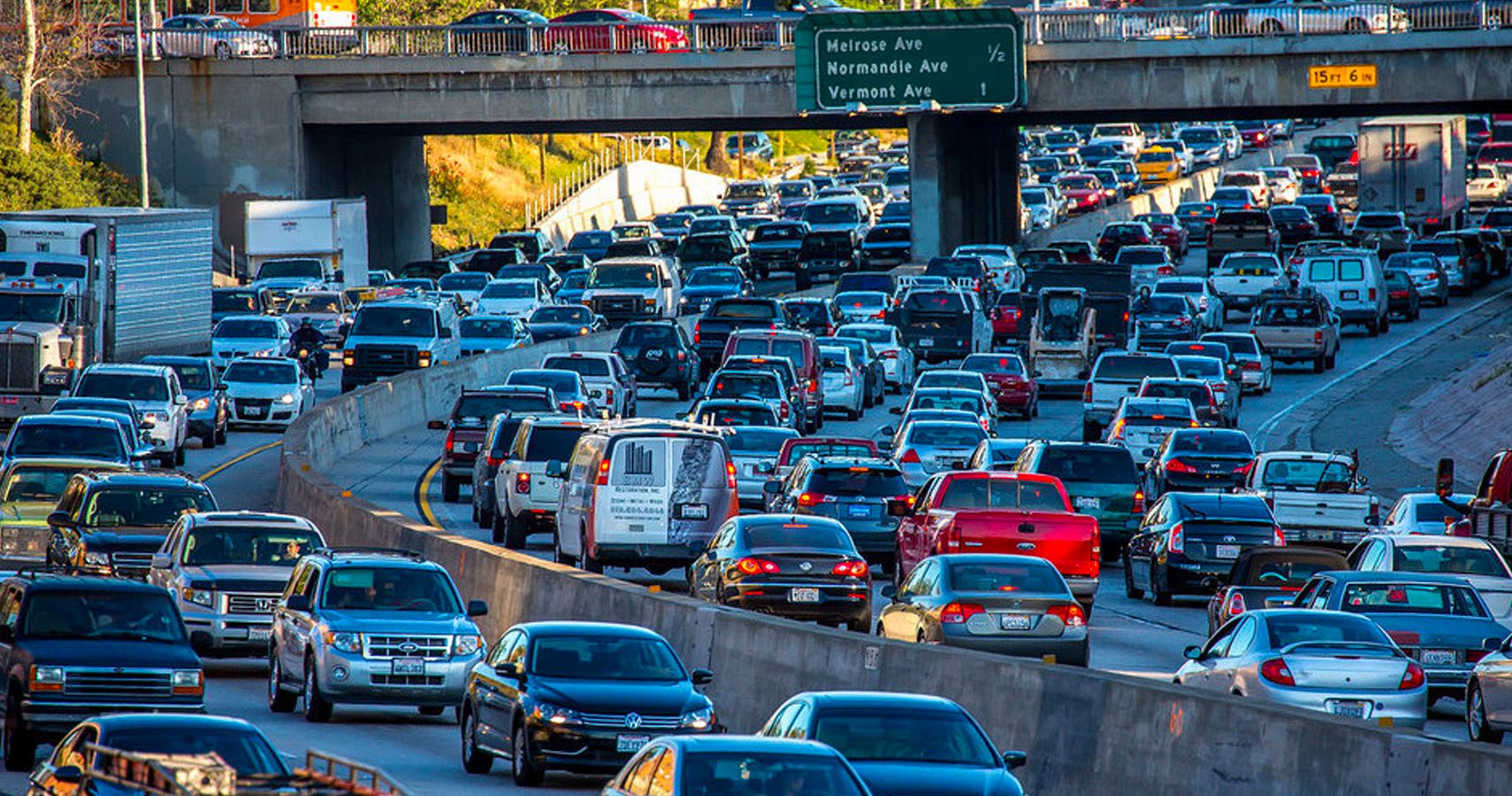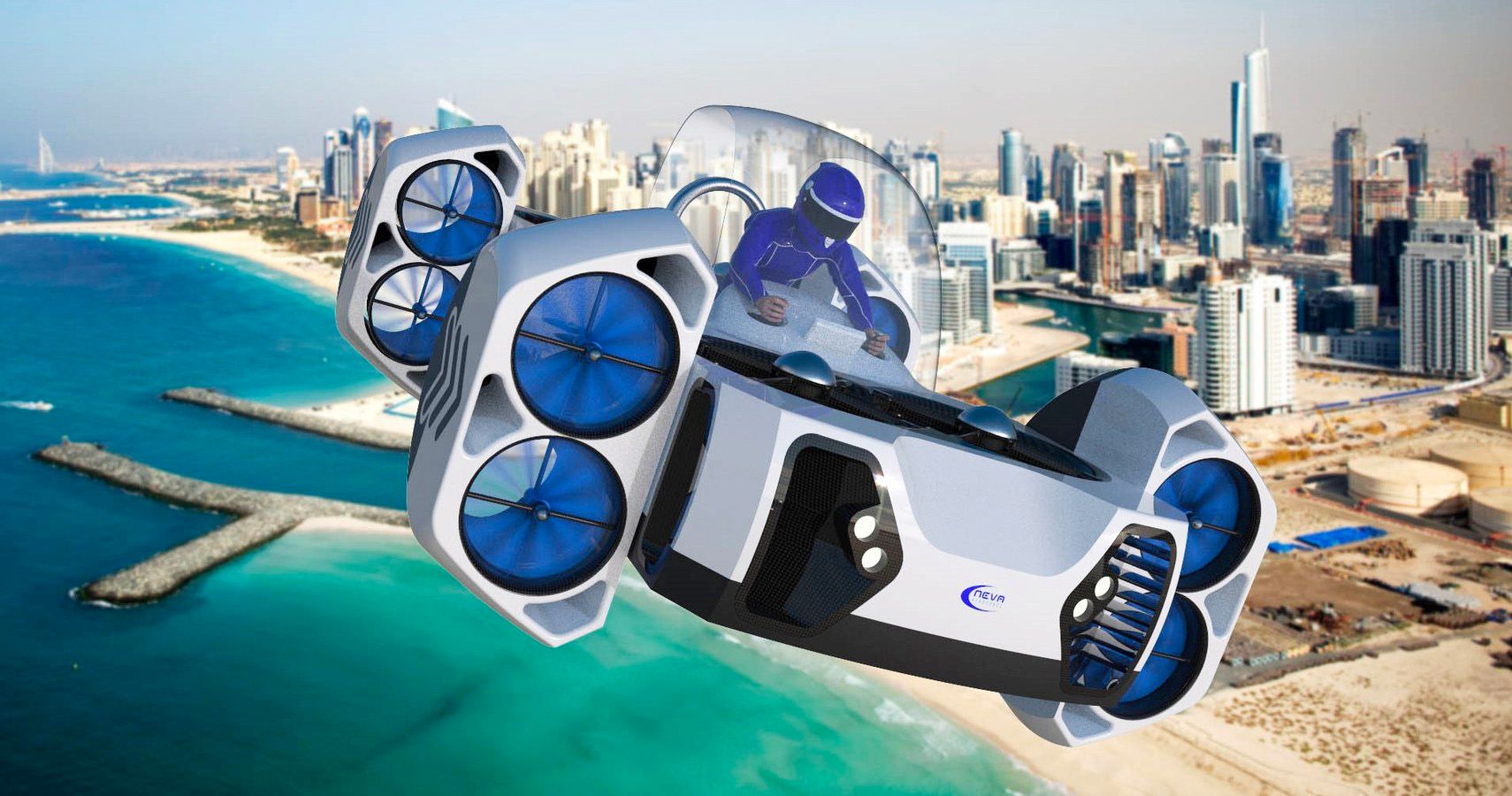Traffic congestion could be the issue that pushes flying car technology over the edge,
For decades, Popular Mechanics and other futuristic news hounds have embellished the arrival of the flying car as a phenomenon that was just around the corner. And since then, many of those media folks who brought us that message, as well as most of their readership, has passed on. Only the possibility of an automobile crossing the skies remained, with the occasional update preventing the notion of becoming a passing fancy.
But with a number of prototypes already getting off the ground, from projects getting FAA approval to several field tests that have reportedly been very successful, the flying car has once again floated back to center stage. According to OilPrice.com, recent progress from such camps as Being, German firm Volocopter and an American air taxi company called Kitty Hawk have transport authorities clamoring that those flying cars will be on the scene in just a few years. Not decades, years.
But the arrival isn't so much due to a symbol of progress whose time has come. Road congestion and a dwindling real estate needed to expand surface traffic have become large enough issues to necessitate a vehicle the likes of George Jeston would commute in.
"It's coming because it has to," said Robin Lineberger, who heads Deloitte's Aerospace & Defense industry section. "We have no more room on the ground to move cars around."
RELATED: AUDI SHOWS OFF FLYING CAR CONCEPT
Vehicles clogging the road is a worldwide urban transportation issue that doesn't have a workable solution in sight. One global study sampling nearly 1,400 cities revealed that average driver speeds are as low as nine miles per hour, while they spent nine percent of their mobility in traffic jams. Economic costs of congestion in the U.S., the U.K., and Germany alone registered at $461 billion in 2017, while the environmental damage due to vehicular emissions obviously has more social repercussions.
While some cities are becoming more aggressive in such solutions as expanding public transit to cut down on congestion, many of those projects could take years to become reality. Flying cars could come sooner. How soon? It depends on who you're talking to. Uber, for example, is checking out several flying car models and anticipates having an air service in operation in Los Angeles by 2023. Realistic prospects of having something commercially available in three to five years has been echoed by the likes of Toyota's joint venture with JetBlue as well as Volkswagen's partnership with Airbus.
And who knows? Maybe in a generation or two, Popular Mechanics might even publish a flying car feature as a retrospective.
RELATED: AUDI'S SELF-DRIVING FLYING TAXI LANDS ITS FIRST SUCCESSFUL TEST


